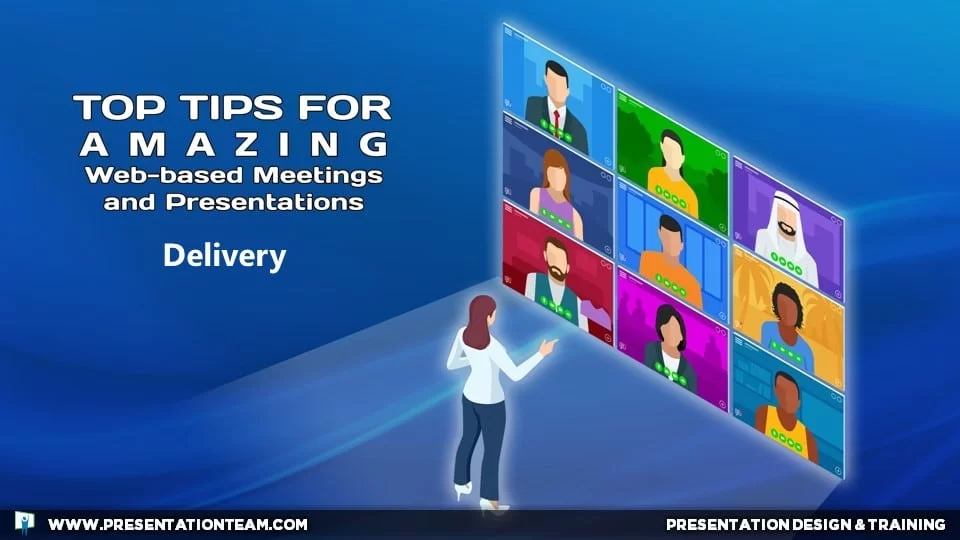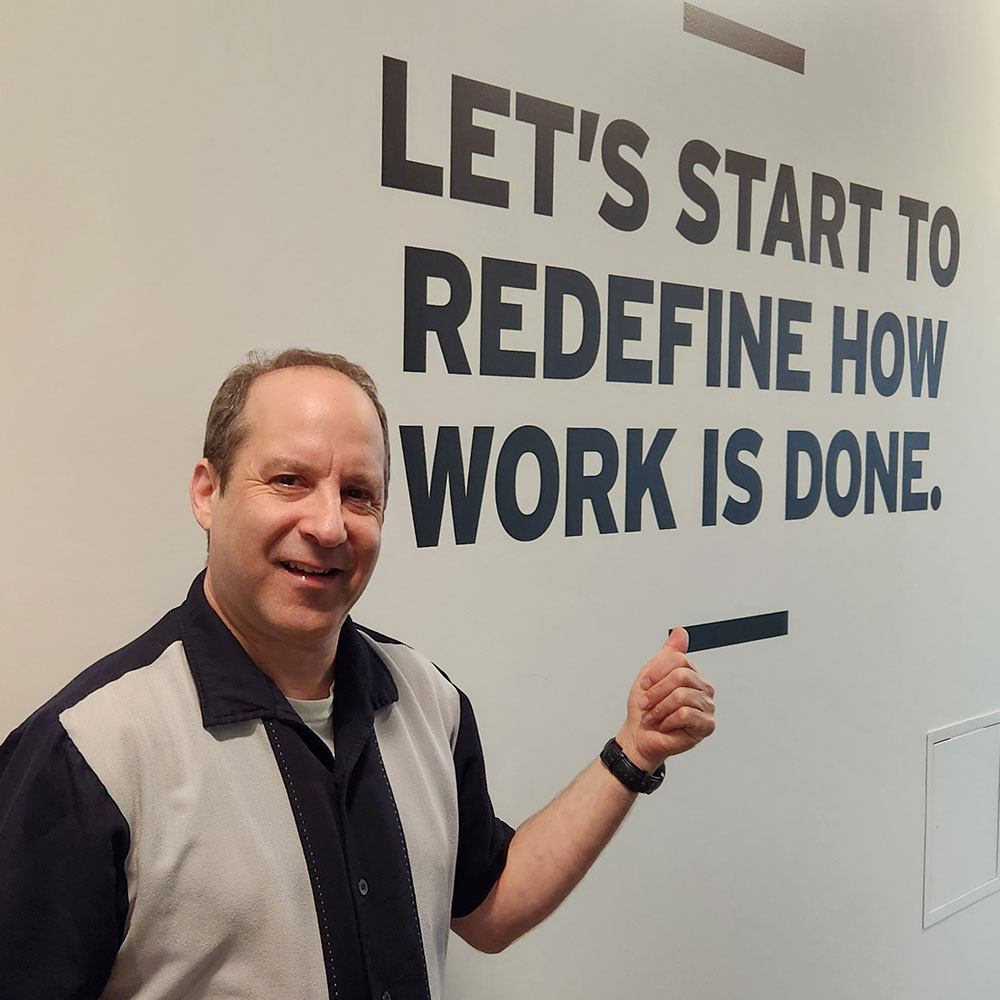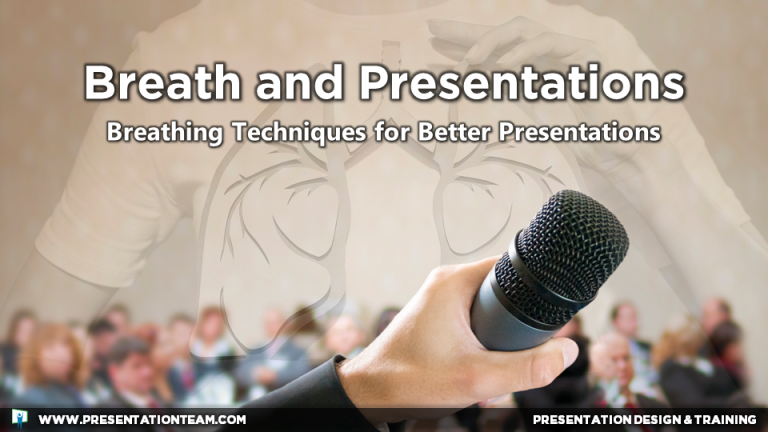“It’s not about the software; it’s about the story”
How to create a presentation like Steve Jobs
As a communication and presentation skills coach, I often get asked, “How do I make my slides look like a Steve Jobs presentation?” The first thing I tell them is that they do not have to use Apple presentation software (Keynote), although it’s a beautifully refined program. I’ve seen gorgeous PowerPoint designs as well, especially with PowerPoint 2007. So it’s not about the software; it’s about the story. Steve Jobs treats presentations like theatrical events complete with heroes and villains, a supporting cast, stage props and visually stunning backdrops—slides. I know designers who have actually worked with Steve Jobs at Apple, so I wrote an entire book on how to create and deliver a presentation the Steve Jobs way. While there are about eighteen techniques that Jobs uses, one stands out. I call it “unleashing your inner Zen.” Here are some tips on creating a presentation the Steve Jobs way.
Picture Superiority
A Steve Jobs presentation is strikingly simple, visual and devoid of bullet points. That’s right—no bullet points. Ever. Of course, this raises the question, would a PowerPoint presentation without bullet points still be a PowerPoint presentation? The answer is yes, and a much more interesting one. New research into cognitive functioning—how the brain works—shows that bullet points are the least effective way to deliver important information. In fact, memory processing is aided by pictures. Scientists call it picture superiority: ideas are more easily recalled when presented as text and images instead of text alone.
Simplicity is the Ultimate Sophistication
When Steve Jobs introduced the MacBook Air in January, 2008, the most memorable slide showed the notebook computer being pulled from a manila inter-office envelope to show just how thin it really was. No words could equal the power and simplicity of that image. The average PowerPoint has forty words. It’s hard to find forty words in ten slides of a Steve Jobs presentation. “Simplicity is the ultimate sophistication,” said Jobs quoting from one of his heroes, Leonardo da Vinci. Jobs keeps his slides simple by eliminating unnecessary words, charts and other eye clutter. The influential German painter, Hans Hoffman once said, “The ability to simplify means to eliminate the unnecessary so that the necessary may speak.” By removing clutter—extraneous features and information—from his products and presentations, Jobs achieves the ultimate goal: ease of use and clarity.
To gain a fuller appreciation of Jobs’ simple slide creations, watch the first few minutes of his keynote presentation at the Macworld Expo, January, 2008. The first several slides have one or two words per slide. When Jobs reviews the new products that Apple introduced in the previous year, the slide simply reads: 2007. Jobs thanks his customers for their support and the slide reads: Thank you.
Confidence, Time and Practice
Creating simple, visual slides requires three things: confidence, time and practice. First, confidence. Slides should not take center stage. The audience’s attention should be directed at you, the speaker. The slides compliment the speaker. That means you had better know your material and have the confidence to deliver your message with conviction. The second thing it requires is time. It’s easy to create cluttered slides—just write everything you want to say on the slide. Thinking visually about displaying information takes more effort, but it’s worth the time to stand apart. And the third thing it requires is practice. Because you’re delivering information that is not on the slide, you can’t read from the slide. You have to commit the information to memory and use the slide as a prompt to deliver the idea. Steve Jobs rehearsed for many, many hours over many weeks to get everything just right.
Steve Jobs may be a hard act to follow, but once you start using some of his techniques in your own presentations, you’ll be hard to forget.

Carmine Gallo is a communications coach for the world’s most admired brands.

He is a sought after speaker and author of the new book, The Presentation Secrets of Steve Jobs: How to be Insanely Great in Front of Any Audience.













































